
University of San Diego
Cyber Bootcamp
Gain career-ready defensive and offensive cybersecurity skills in as little as 13–21 weeks with the University of San Diego Cybersecurity Bootcamp powered by Fullstack Academy.
NEW: Generative AI-powered cybersecurity training
Program at a Glance
13-21
Weeks
01/06
Apply By
01/12
Next Start Date
$4,000
Potential Discounts
Why Learn Cybersecurity with University of San Diego?
The Demand for Cyber Talent in California
Bootcamp Application & Start Dates
Fullstack Academy is one of the longest-running and most reputable bootcamps in the nation, with incredible student reviews, years of experience in education, and impressive graduate outcomes.
Now, it brings its expert-led live online learning approach to USD’s first cyber bootcamp to develop professionals to fight the global threat of cybercrime.
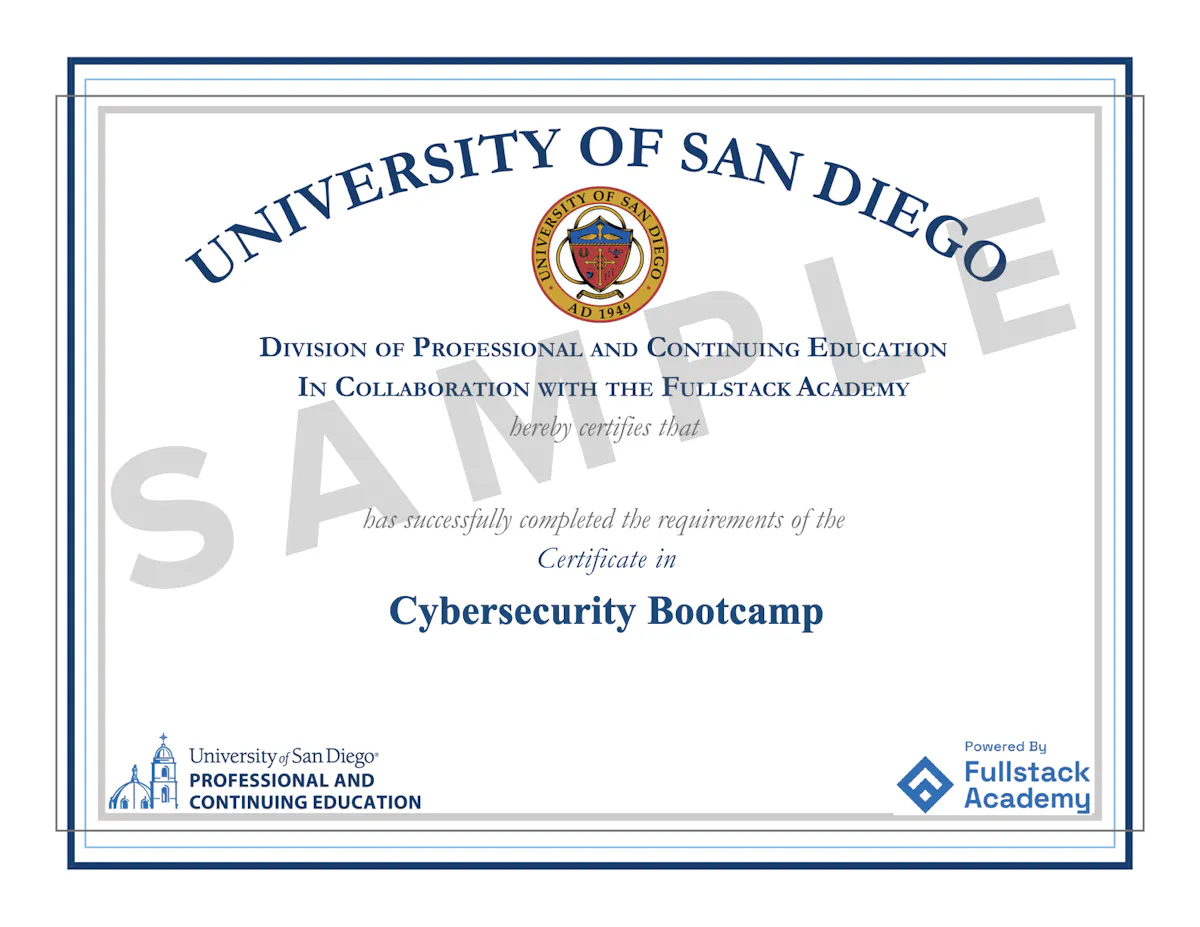
Earn a Cybersecurity Certificate of Completion
You will receive a Certificate of Completion from University of San Diego and Fullstack Academy by completing the University of San Diego Cybersecurity Bootcamp.
How the University of San Diego Cyber Bootcamp Works
The University of San Diego Cyber Bootcamp is designed for students to pursue high-quality tech education while continuing to balance work or other commitments. Our program provides you with the flexibility to fit career development into your life.
Part-time and full-time bootcamp programs are available.
Bootcamp classes include live online instruction taught by industry-experienced professionals, group projects with fellow students, and independent learning assignments.
Office hours and out-of-class support are available to students.
-
All classes are held Monday-Friday.
7:00am-3:00pm PT
-
Classes are held on Mondays, Wednesdays, and Thursdays.
- 4:30pm-7:30pm PT
In addition to classroom lessons, part-time students can anticipate spending 6-8 hours studying and working on outside assignments each week. Full-time students can expect to spend 12-15 hours each week on outside assignments.
Class time options vary by month and are subject to change. To see available class times for your cohort of choice, complete your application or schedule a call with a student advisor.
University of San Diego Cybersecurity Tuition
We’re committed to making tech education more accessible, which is why we offer several payment options to help you invest in your bootcamp education.
Part-Time Tuition
-
Pay tuition upfront, all at once, and save $3,000 on tuition. Apply today!
Tuition: $12,995 Institutional Discount: -$3,000 Total Tuition w/ Discount: $9,995 -
Pay in regular installment amounts and save $3,000 on tuition.
A refundable deposit of $500, applied to your total tuition, is due at the time of enrollment. The deposit is refundable up until the end of the first week of classes.
No credit check required
0% interest
Tuition: $12,995 Institutional Discount: -$3,000 Total Tuition w/ Discount: $9,995 -
Pay for your bootcamp with a personal loan through an external lending provider. Your monthly amount may vary based on the approved interest rate.
Tuition: $12,995 Institutional Discount: -$3,000 Total Tuition w/ Discount: $9,995
Full-Time Tuition
-
Pay tuition upfront, all at once, and save $3,000 on tuition. Apply today!
Tuition: $13,995 Institutional Discount: -$3,000 Total Tuition w/ Discount: $10,995 -
Pay in regular installment amounts and save $3,000 on tuition.
A refundable deposit of $500, applied to your total tuition, is due at the time of enrollment. The deposit is refundable up until the end of the first week of classes.
No credit check required
0% interest
Tuition: $13,995 Institutional Discount: -$3,000 Total Tuition w/ Discount: $10,995 -
Pay for your bootcamp with a personal loan through an external lending provider. Your monthly amount may vary based on the approved interest rate.
Tuition: $13,995 Institutional Discount: -$3,000 Total Tuition w/ Discount: $10,995
Learn more about payment options when you apply online and connect with a Student Advisor.
Cybersecurity Jobs and Salaries in California
In the field of cybersecurity, there are many career paths to follow based on your skills and experience. When you opt into comprehensive career coaching, you’ll receive the guidance you need to navigate the industry.
With professionals in high demand in California and beyond, the cybersecurity industry offers a multitude of career and financial opportunities once you enter the field. Companies across the nation are hiring for roles like Cybersecurity Analyst, Network Engineer, IT Help Desk Specialist, Systems Support Specialist, and Systems Administrator.
| Role | Average Entry-Level Salary in San Diego* |
|---|---|
| IT Help Desk Specialist/Computer Support Specialist | $73,000 |
| Network/Systems Support Specialist | $63,000 |
| System Administrator/Network Administrator | $94,000 |
| Cybersecurity Analyst | $105,000 |
| Network Engineer/Solutions Architect | $112,000 |
*San Diego Cybersecurity Salary Data via ZipRecruiter™ | |
Cybersecurity Curriculum
The University of San Diego Cyber Bootcamp is a highly immersive and interactive learning experience, anchored by live online classes where you’ll interact with industry-experienced instructors and a diverse group of peers.
During the program, you will:
Cover 50+ core cybersecurity topics
Explore and use leading cyber tools, including Splunk, Metasploit, Nmap, Wireshark, Nessus, Shodan, OWASP Threat Dragon, njRAT, Binwalk, Crunch, and many more
Learn how to apply generative AI in cybersecurity, along with prompt engineering and fine-tuning skills
Prepare for and receive a free exam voucher for the CompTIA Security+ exam
-
This unit lays the groundwork for your cybersecurity journey, covering essential operating system (OS) concepts (Windows and Linux), networking fundamentals, and an overview of cryptography and wireless security.
Tools & Technologies
Windows
Linux
Key Concepts
Operating system essentials
Network topologies
TCP/IP model
Internet Control Message Protocol (ICMP)
Public Key Infrastructure (PKI) components
-
Understand core enterprise security. This unit covers fundamental security concepts, network defense mechanisms, Security Information and Event Management (SIEM), Security Orchestration, Automation, and Response (SOAR), an overview of Zero Trust Network, and Identity and Access Management (IAM).
Tools & Technologies
Splunk
Tor Browser
Windows Server
Key Concepts
Key security concepts
Network defense mechanisms
SOAR and SIEM tools
Identity and Access Management (IAM)
-
Learn web application security essentials. This unit explains core concepts like encryption, Public Key Infrastructure (PKI), OWASP Top 10 threats, and integrating security into development through threat modeling.
Tools & Technologies
OWASP Threat Dragon
Key Concepts
Core principles of web application security
Secure coding practices
Security measures in the software development life cycle
Public Key Infrastructure (PKI)
OWASP Top 10 threats
-
Gain hands-on experience identifying web application weaknesses. This unit explores common application vulnerabilities, along with techniques and tools used to find system vulnerabilities.
Tools & Technologies
Metasploit
Key Concepts
Application vulnerabilities
Security implications
Security measures for minimizing vulnerabilities
Attack vectors and methods
Vulnerability identification concepts
-
Learn techniques to combat modern malware threats. This unit introduces various types of malware, with a specific focus on ransomware, and covers malware analysis tools and techniques, digital forensics, and malware protection.
Tools & Technologies
7-zip
Cmder
FTK Imager
HxD Hex Editor
njRAT
Noriben
PeStudio
RanSim
Key Concepts
Malware identification and analysis
Ransomware understanding and mitigation
Digital forensics
Cyber threat intelligence
-
This unit covers ethical hacking foundations, the Cyber Kill Chain methodology, and essential reconnaissance and footprinting techniques for gathering target systems information.
Tools & Technologies
Hping3
NMap
Scapy
Whois Lookup
Wireshark
Key Concepts
Cyber Kill Chain methodology
Reconnaissance and footprinting techniques
Scanning and enumeration
-
Develop the skills to identify and exploit vulnerabilities in systems and networks. This unit covers vulnerability analysis, penetration testing, security scanning, social engineering, denial-of-service (DoS) attacks, and cloud and container security.
Tools & Technologies
Attify
AWS Console
Bee-Box
Binwalk
Crunch
LOPHTCRACK
Metasploit
Nessus
NMap
Shodan
Spiderfoot
Key Concepts
Penetration testing
Security scanning
Social engineering
Denial-of-service attacks
Cloud and container security
-
Explore the core concepts of Generative AI. This unit provides a fundamental understanding of Generative AI and Large Language Models (LLMs), focusing on prompt engineering and fine-tuning.
Tools & Technologies
ChatGPT
Key Concepts
Generative AI fundamentals
Large Language Models (LLMs)
Prompt engineering
Fine-tuning
-
Understand how AI and Generative AI are transforming cybersecurity. This unit explores the applications of GenAI in threat analysis, incident response, forensics, penetration testing, and defense, addressing the ethical implications of using GenAI in cybersecurity.
Tools & Technologies
ChatGPT
Key Concepts
Cybersecurity Analytics Using GenAI
Risks and Vulnerabilities of GenAI in Cybersecurity
Incident Response and Cyber Playbooks with GenAI
Cybersecurity Triage Process with GenAI
Vulnerability Management with GenAI
Defensive Techniques Using GenAI
Penetration Testing Using GenAI
Forensics Analysis with GenAI
Threat Detection Using GenAI in SIEM
GenAI-Driven SOAR
Ethical Implications of Generative AI in Cybersecurity
-
You'll create a comprehensive cybersecurity solution or analysis, applying the knowledge gained throughout the bootcamp, to a real-world cybersecurity scenario, putting your skills to the test.
-
This optional elective unit will prepare you with essential knowledge and skills to take the CompTIA Security+ certification exam. The elective focuses on core security principles, risk management, incident response, cryptography, identity and access management, and securing networks, systems, and applications.
The CompTIA Security+ certification is a globally recognized credential that validates your foundational knowledge and skills in cybersecurity. The certification demonstrates competency in core concepts required for career advancement in cybersecurity.
By earning your CompTIA Security+ certification, you’ll validate your proficiency in essential cybersecurity skills and demonstrate your job readiness to potential employers.
Eligible students can receive a voucher for one CompTIA Security+ exam attempt at no additional cost.
Cybersecurity Bootcamp Tools & Technologies
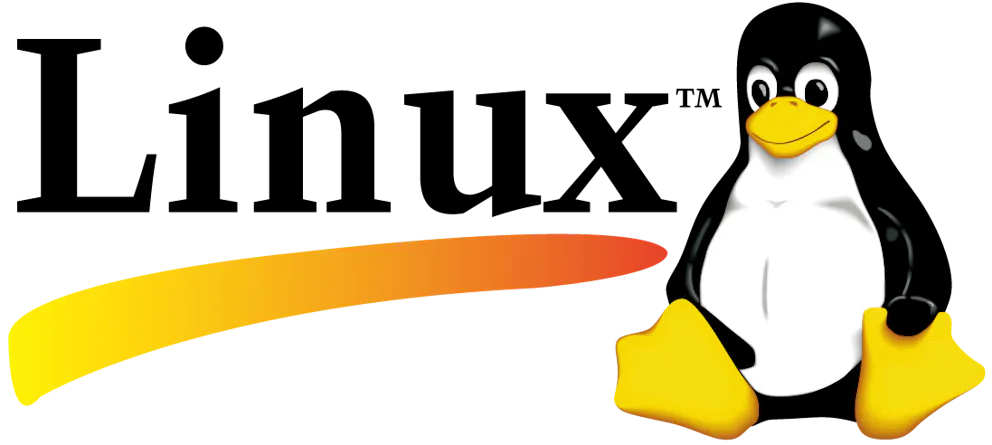
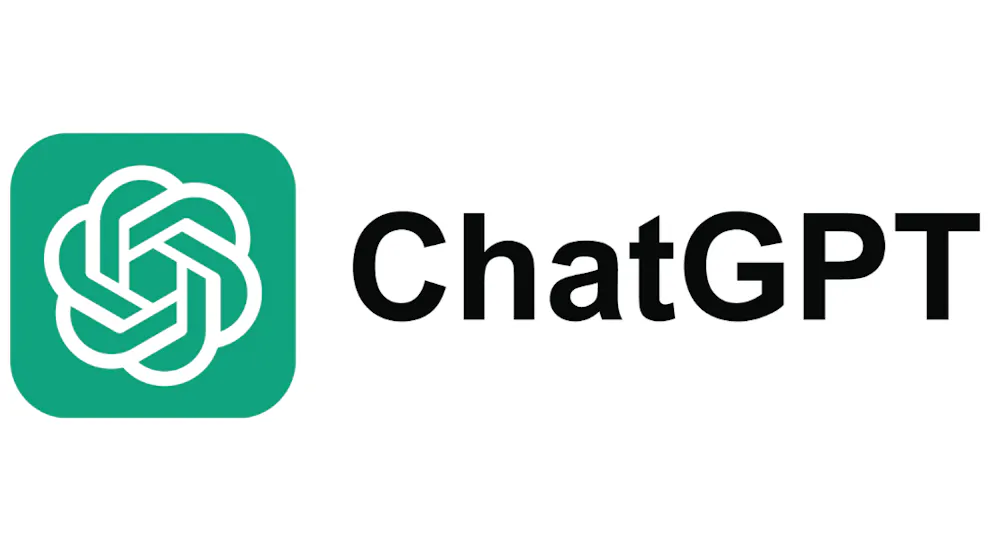



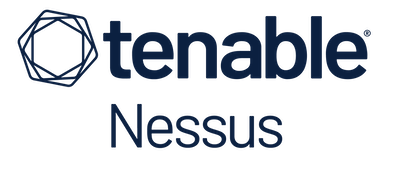



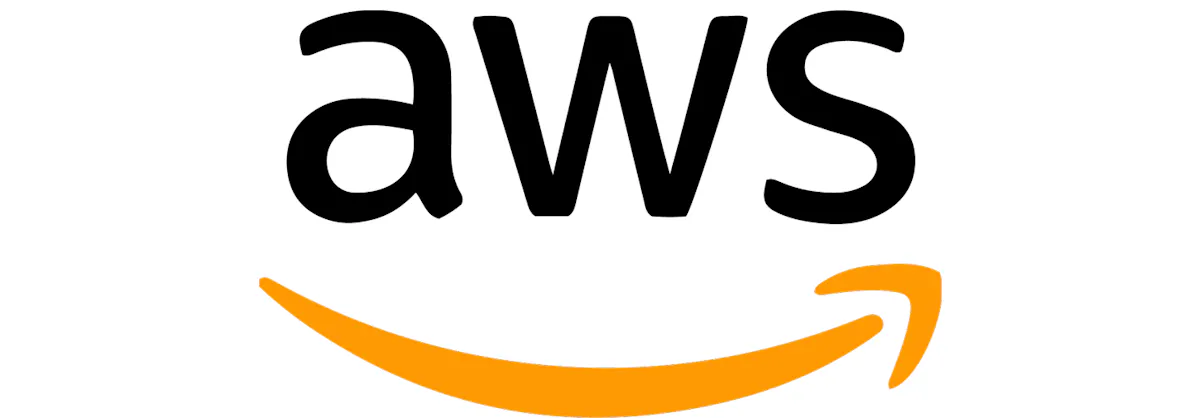




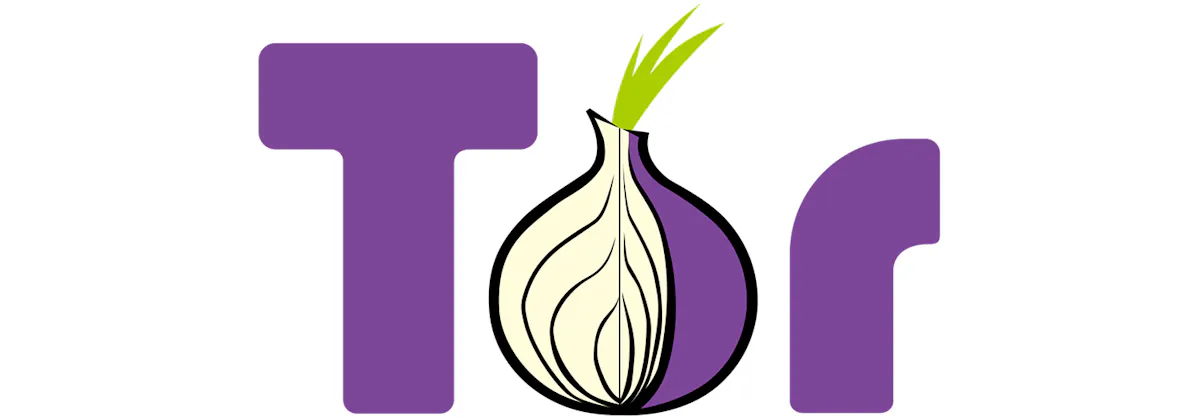
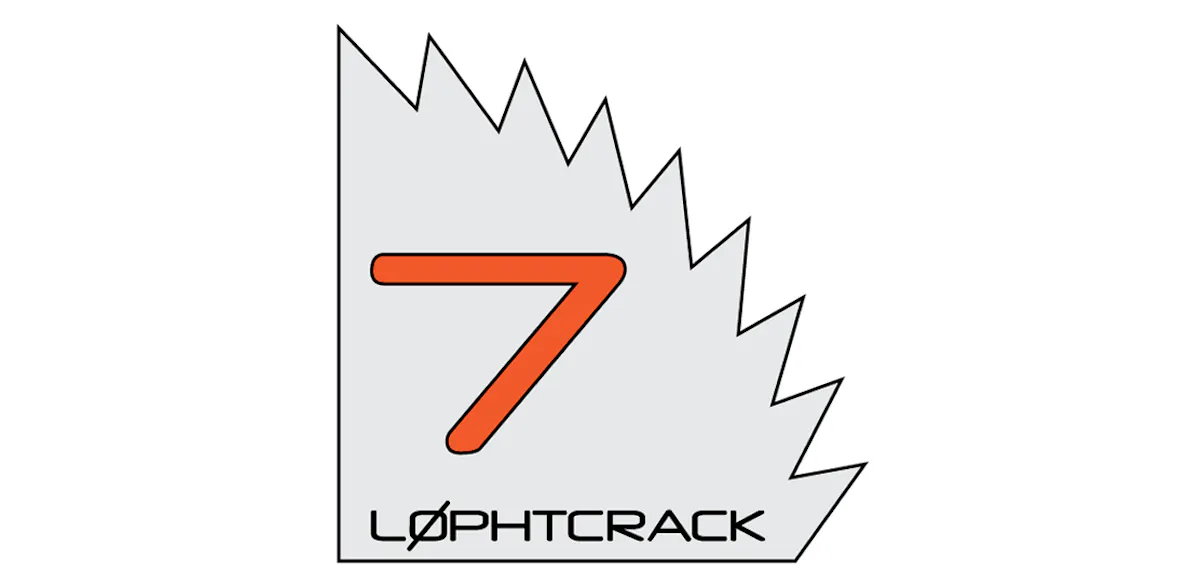

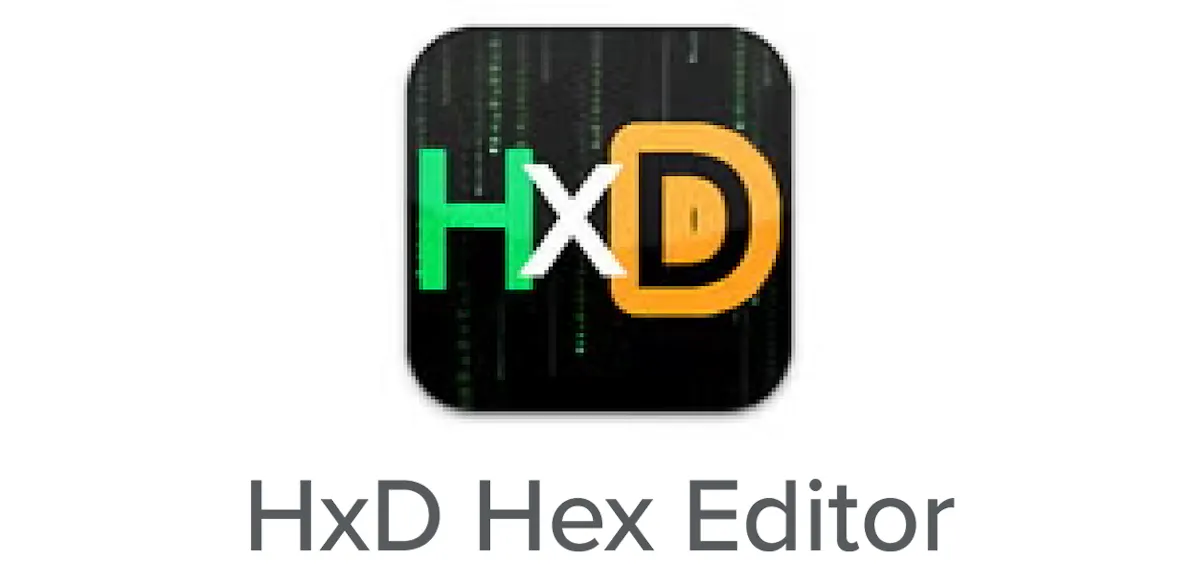
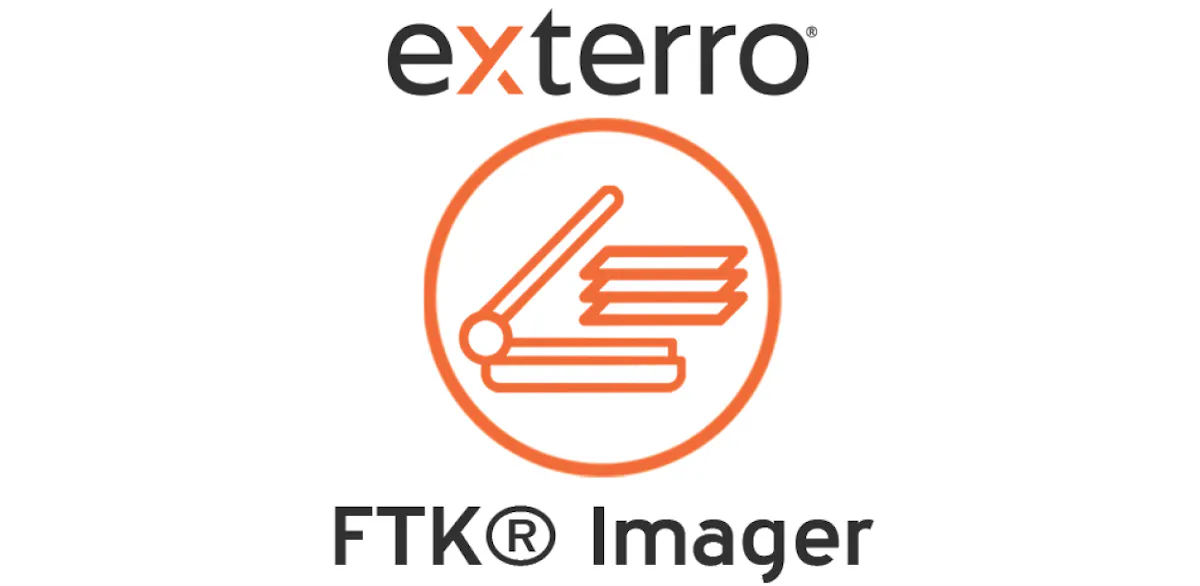
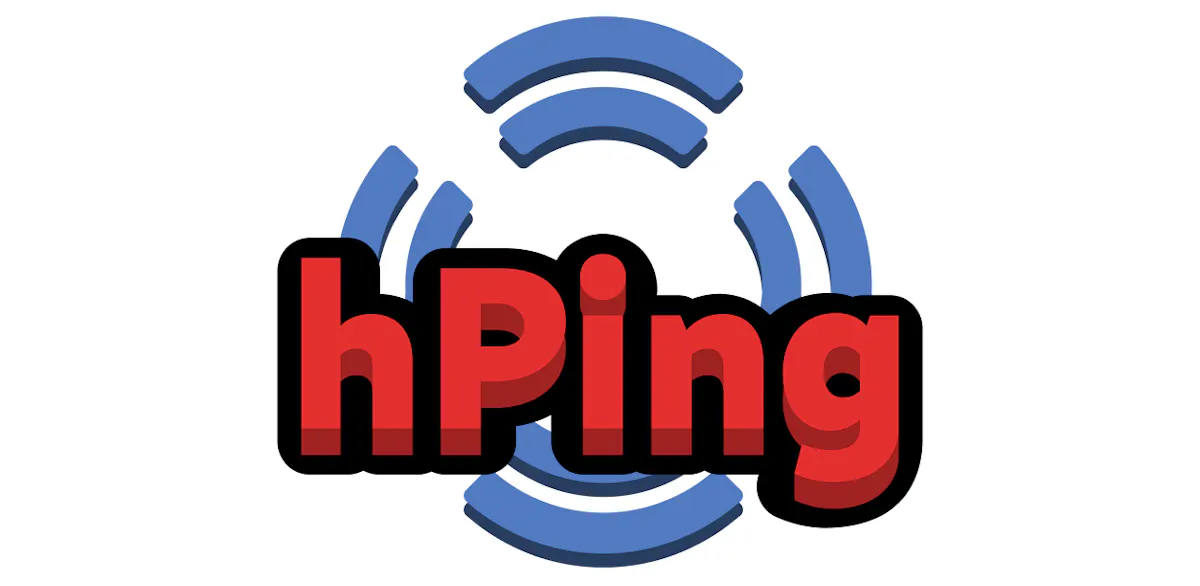
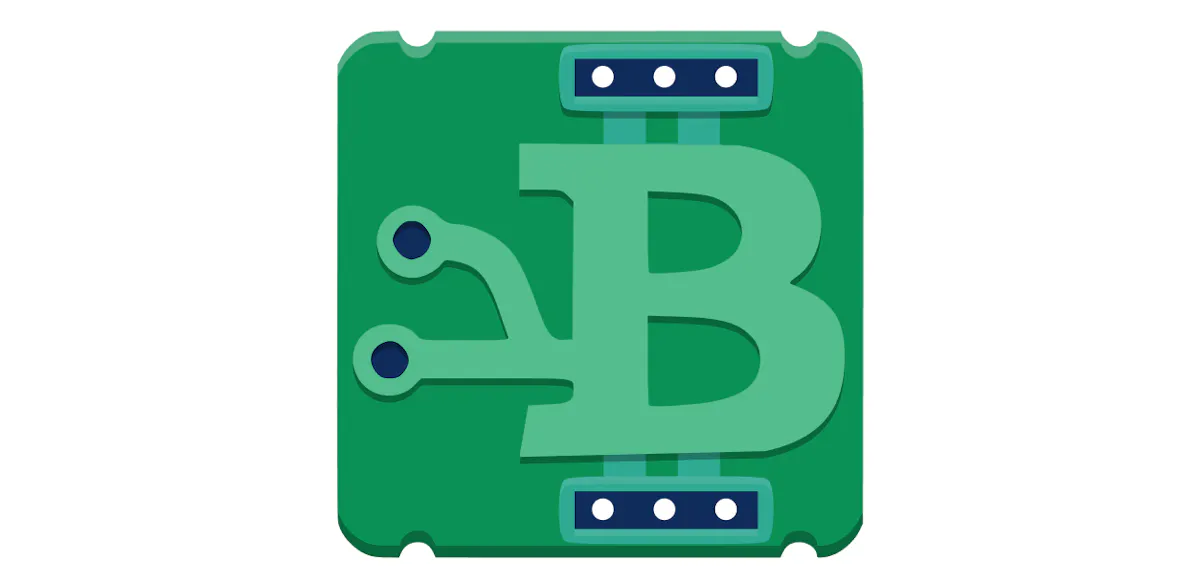
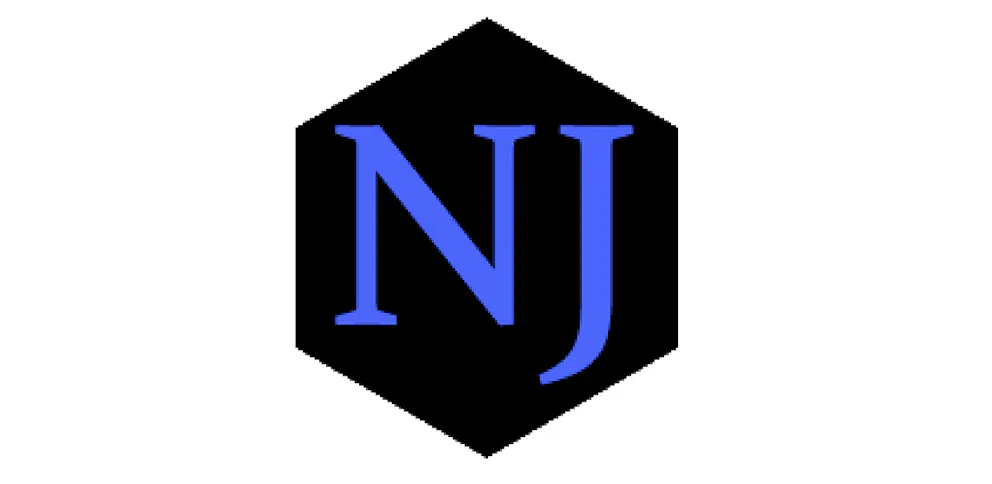
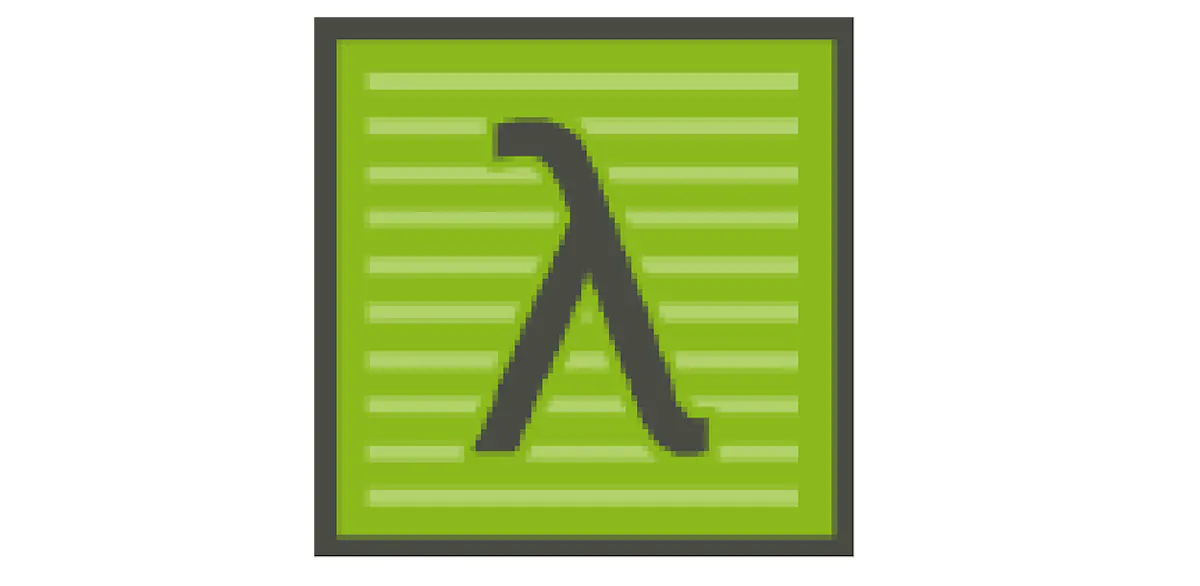
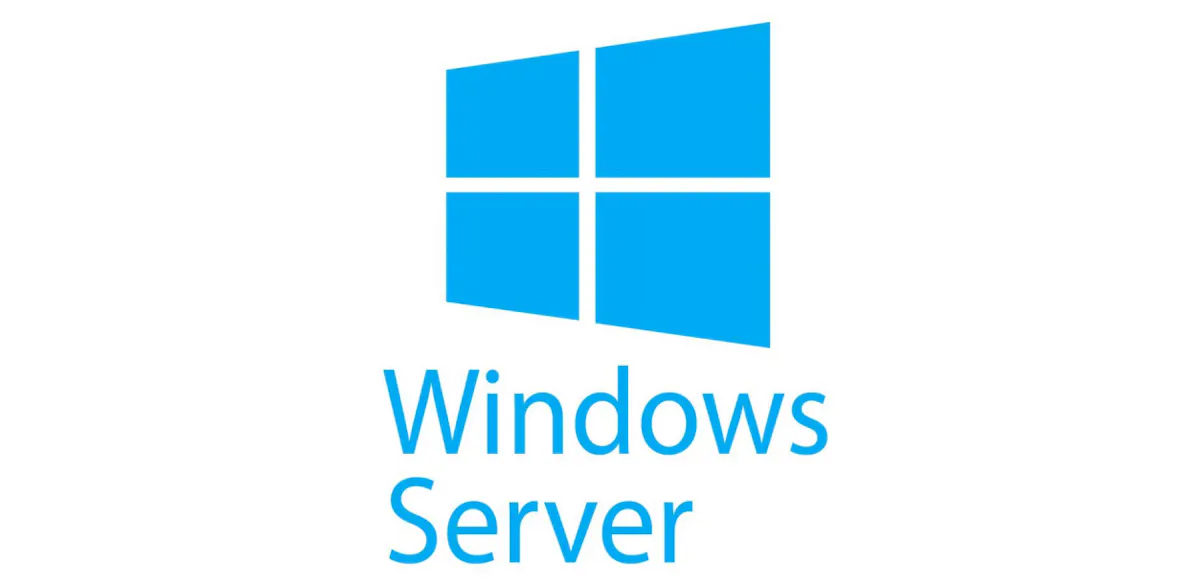
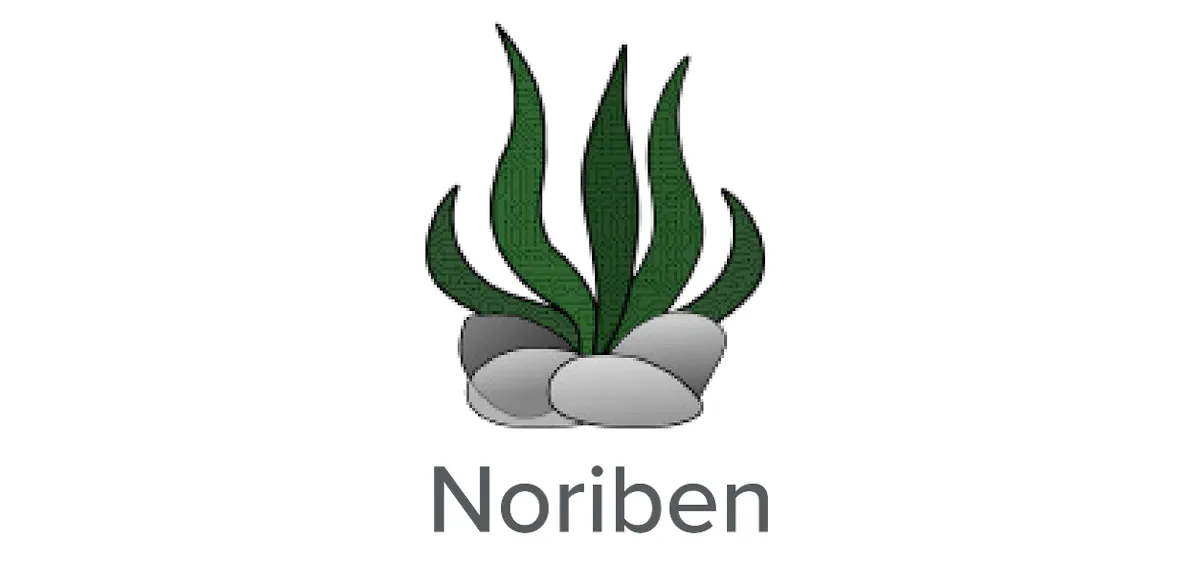
Cybersecurity Bootcamp Student Projects
The USD Cybersecurity Bootcamp uses a project-based, active learning approach so you can learn to apply cyber skills through real-world simulations. The bootcamp experience culminates in an in-depth Capstone Project that demonstrates what you’ve learned and can be used in your portfolio to show future employers.
Check out some of our past cybersecurity student capstone projects.
Earn Cybersecurity Certifications with University of San Diego
Prepare for CompTIA Security+ Certification
We’ve partnered with CompTIA, the world's leading cybersecurity association, for this program.

As an authorized delivery partner, preparation for the CompTIA Security+ exam is built into the curriculum of University of San Diego Cybersecurity Bootcamp powered by Fullstack Academy. You will study and test for this industry-recognized certification during your bootcamp program. Plus, eligible students can receive an exam voucher for one exam attempt at no additional cost.
By earning your CompTIA Security+ certification, which is a globally recognized credential, you’ll validate the core skills required and demonstrate your job readiness to potential employers.
Landing a Cybersecurity Job in California
USD Cyber Bootcamp students will gain valuable insight into how to build a successful career in cybersecurity from day one of the course. Throughout the bootcamp experience, students can access live workshops, office hours, and asynchronous modules to help build a job search toolkit—which includes an optimized resume and LinkedIn profile.
Following successful completion of the bootcamp, students can choose to opt into the Career Success Program and receive guidance for up to a year of 1:1 personalized career coaching and guidance in:
Growing your professional network
Resume and LinkedIn profile optimization
Interview and assessment prep
Salary negotiation workshops
And much more!
Students also graduate from the program with a portfolio of work that demonstrates their ability to solve real business problems for real companies.
Fullstack Academy grads have landed jobs with some of the world's leading companies.
University of San Diego Tech Bootcamps are powered by Fullstack Academy. The companies listed above have hired Fullstack Academy graduates.
Who Should Attend the University of San Diego Cyber Bootcamp
The University of San Diego Cybersecurity Bootcamp powered by Fullstack Academy is specifically designed for beginners. There’s no experience required to apply, be accepted, or succeed.
Successful bootcamp students have backgrounds in:
Successful bootcamp students have backgrounds in:
Teaching
Finance
Retail
Customer service
Graphic design
Admin
Biology
And more
Apply today and join others just like you on the first steps to a life-changing career.
FAQs
-
The cyber curriculum is broken down into these areas:
Operating Systems and Networking Essentials (OS concepts and networking principles, cryptography, and wireless security)
Enterprise Infrastructure Security (network defense mechanisms, SIEM, SOAR, IAM)
Application Security and Cyber Resilience (encryption, Public Key Infrastructure, OWASP Top 10 threats)
Web Application Vulnerabilities (application vulnerabilities, system vulnerabilities)
Ransomware and Malware—Defense, Analysis, and Response (types of malware, malware analysis and protection, digital forensics)
Ethical Hacking: From Recon to Attack (Cyber Kill Chain methodology, essential reconnaissance, and footprinting techniques)
Vulnerability Assessment and Penetration Testing (vulnerability analysis and assessment, penetration testing, security scanning)
Essentials of Generative AI (Generative AI, LLMs, prompt engineering, fine-tuning)
Generative AI in Cybersecurity (applications of GenAI in threat analysis, incident response, forensics, penetration testing, and defense)
Students also participate in career simulations throughout the program and interactive labs. With bootcamp preparation and additional studying, students will also be equipped to take exams for multiple industry-recognized certifications.
For the Cybersecurity Bootcamp syllabus, click here and fill out the form.
-
Yes, the University of San Diego Cyber Bootcamp is beginner-friendly. It’s specifically designed for professionals without previous experience in cybersecurity. While some background knowledge is helpful, the only expectation is that students have general computer literacy skills in basics like efficiently using the Internet/cloud and Windows.
-
Cybersecurity career paths vary depending on your skills and experience. During bootcamp, you’ll gain cybersecurity skills that will assist you throughout your career journey, from beginner and beyond. You’ll train for roles such as IT Help Desk Specialist, Information Security Analyst, Cybersecurity Analyst, Penetration Tester, and more. The Fullstack Academy Career Success Team is also available to assist you with your job search. Employers who have hired Fullstack Academy Cyber grads include Accenture, TEKSystems, and SAIC.
-
You do need to provide your own computer for the bootcamp. It can be a laptop or desktop as long as it meets the minimum machine specifications of your chosen program. Because the bootcamp is live-online, you are required to have a webcam and microphone in order to participate in class.
Ensuring you have a computer that meets the requirements for your course is an essential part of setting yourself up for success in our bootcamps.
For full computer requirements, visit our Online Learning page.
University of San Diego Tech Bootcamps Admissions Process
Once you’re ready to start your cybersecurity journey, here are the steps you can expect in the admissions process.

- Fill out our online application form
- Schedule a call with your Student Advisor
- Receive an entrance decision in 1-3 business days


